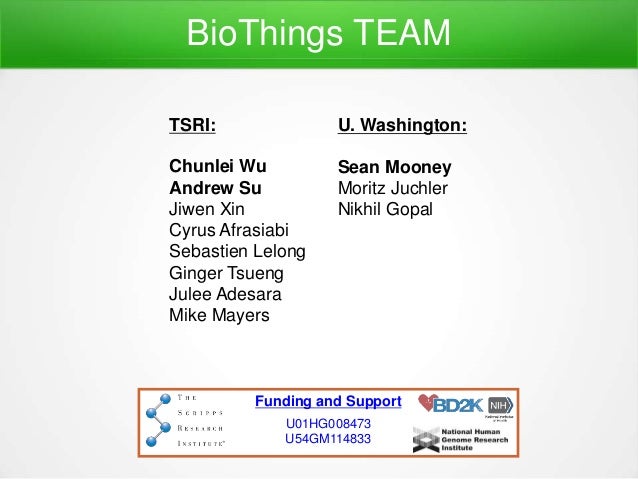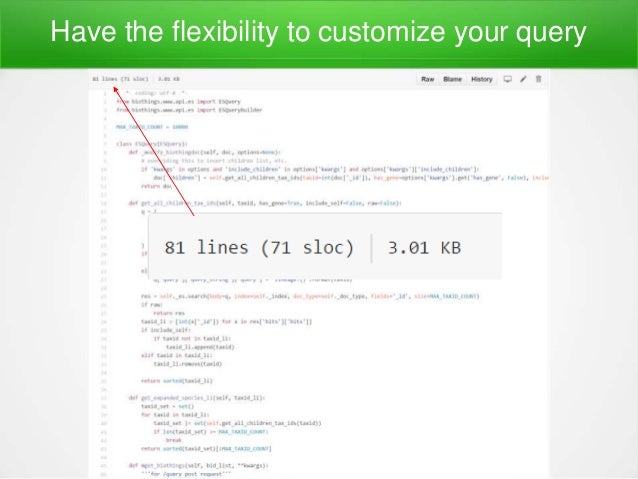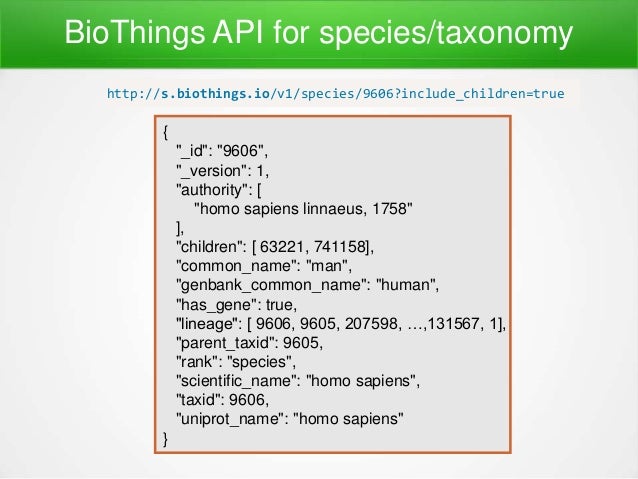

Lerman, K., Plangprasopchok, A., and Knoblock, C.In Proceedings of the 21st National Conference on Artificial Intelligence and the 18th Innovative Applications of Artificial Intelligence Conference, MA. Deciding semantic matching of stateless services. Hull, D., Zolin, E., Bovykin, A., Horrocks, I., Sattler, U., and Stevens, R.In Proceedings of the 2nd International Semantic Web Conference. Learning to attach semantic metadata to Web services. In Proceedings of the 3rd International Semantic Web Conference. Assam: A tool for semi-automatically annotating semantic Web services. Heß, A., Johnston, E., and Kushmerick, N.Semantic Web: Revolutionizing Knowledge Discovery in the Life Sciences. A., Wolstencroft, K., Goderis, A., Hull, D., Zhao, J., Alper, P., Lord, P., Wroe, C., Belhajjame, K., Turi, D., Stevens, R., and Roure, D. In Proceedings of the 30th International Conference on Very Large Data Bases, Toronto, Canada. Y., Madhavan, J., Nemes, E., and Zhang, J. A conceptual architecture for semantic Web-enabled Web services. Bussler, C., Fensel, D., and Maedche, A.In Proceedings of the International Provenance and Annotation Workshop (IPAW), L. A model for user-oriented data provenance in pipelined scientific workflows. M., Ludäscher, B., Cohen, S., and Davidson, S. In Query Languages and Query Processing Workshop (QLQP'06) in the 10th International Conference on Extending Database Technology. A calculus for propagating semantic annotations through scientific workflow queries. Towards automatic generation of semantic types in scientific workflows. In Proceedings of the 31st International Conference on Very Large Data Bases, Trondheim, Norway. Automatic composition of transition-based semantic Web services with messaging. Berardi, D., Calvanese, D., Giacomo, G.Benatallah, B., Hacid, M.-S., Léger, A., Rey, C., and Toumani, F.

In Proceedings of the 5th International Semantic Web Conference. Automatic annotation of Web services based on workflow definitions. In Proceedings of the 3rd International Workshop on Data Integration in the Life Sciences (DILS 06). On characterising and identifying mismatches in scientific workflows.

National e-Science Centre, Nottingham, UK. In Proceedings of the UK All Hands Meeting. Proteome data integration: Characteristics and challenges. W., Poulovassilis, A., Siepen, J., Stevens, R., Taylor, C., Vinod, N., Zamboulis, L., and Zhu, W. J., Jones, D., Jones, P., Martin, N., Oliver, S., Orengo, C., Paton, N. The usefulness of the derived annotations is also demonstrated. The derivation mechanism has been implemented, and its practical applicability for inferring new annotations has been established through an experimental evaluation. By comparing existing and newly derived annotations of operation parameters, we can support the detection of errors in existing annotations, the ontology used for annotation and in workflows. We also show that derived annotations for already annotated parameters are useful.
WEB SERVICES ANNOTATIONS MANUAL
We show that despite their imprecise nature these so-called loose annotations are still of value in supporting the manual annotation task, inspecting workflows and discovering services. Because the data links in the workflows do not necessarily contain every possible connection of compatible parameters, we can infer only constraints on the semantics of parameters. In this paper, we show how information can be inferred about the semantics of operation parameters based on their connections to other (annotated) operation parameters within tried-and-tested workflows. Manual annotation of services is a time consuming and thus expensive task, so some means are required by which services can be automatically (or semi-automatically) annotated. At present, however, the practical utility of such annotations is limited by the small number of service annotations available for general use. Semantic annotations of web services can support the effective and efficient discovery of services, and guide their composition into workflows.


 0 kommentar(er)
0 kommentar(er)
